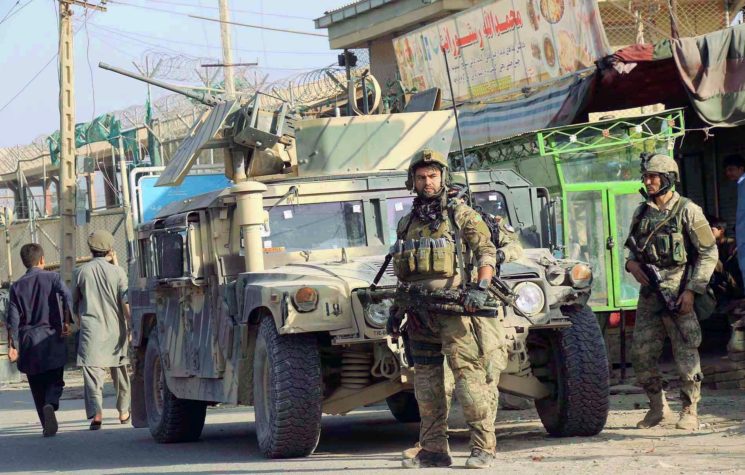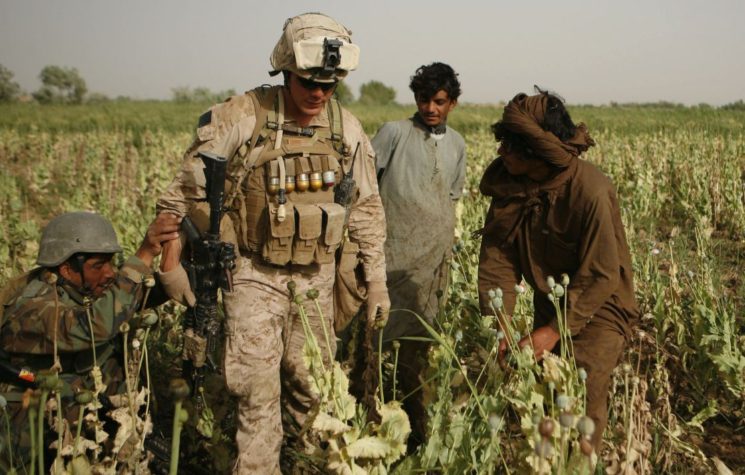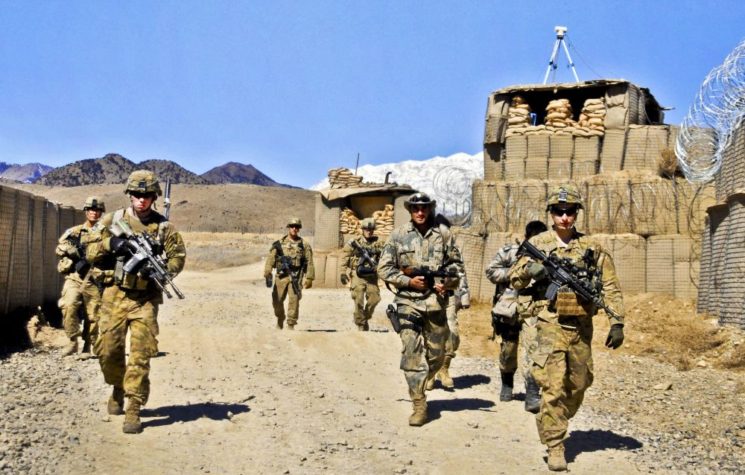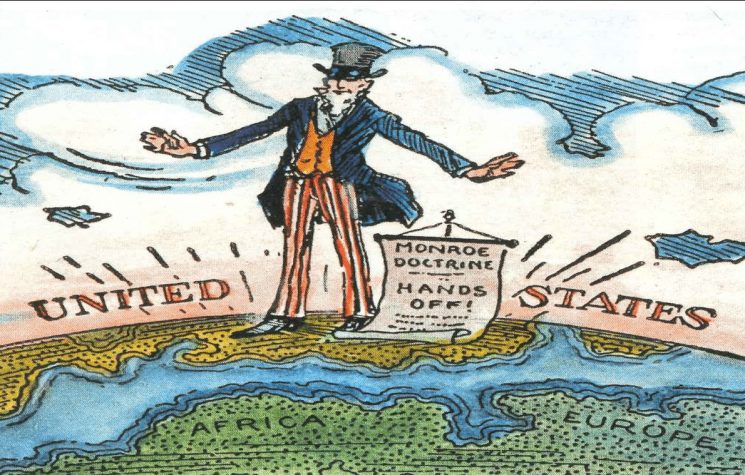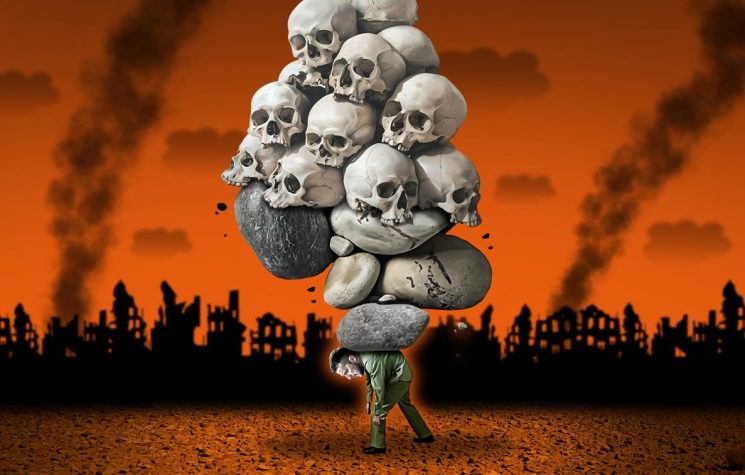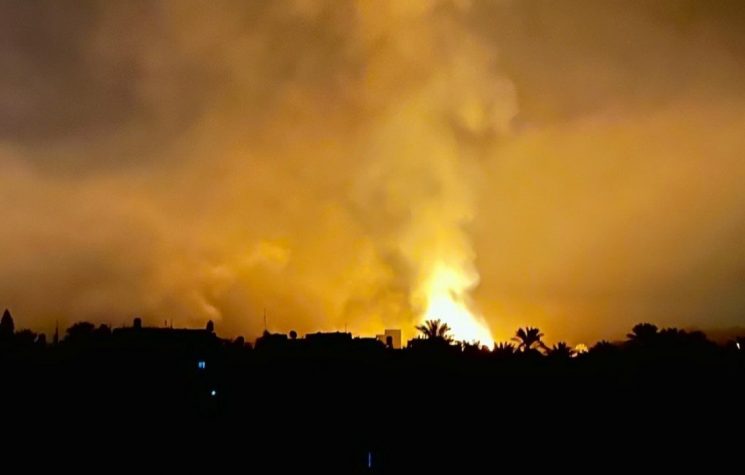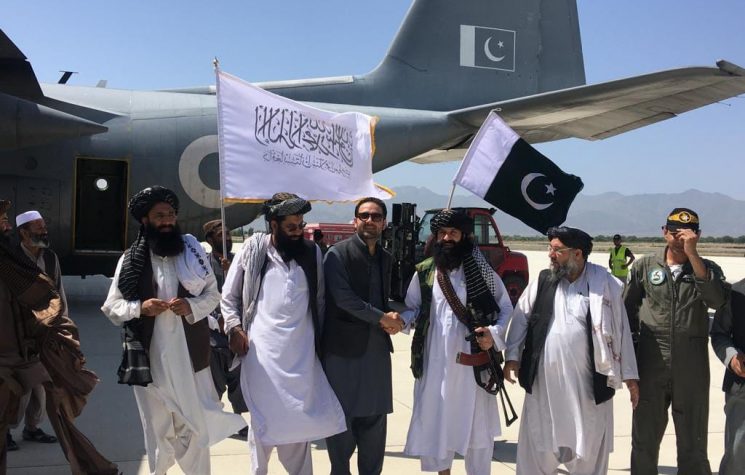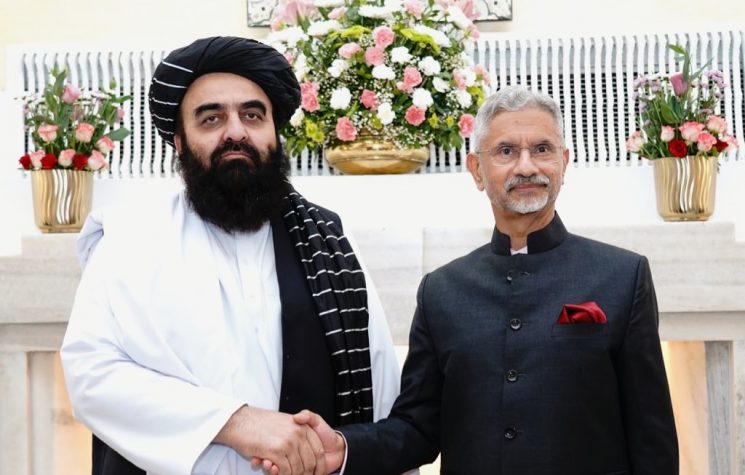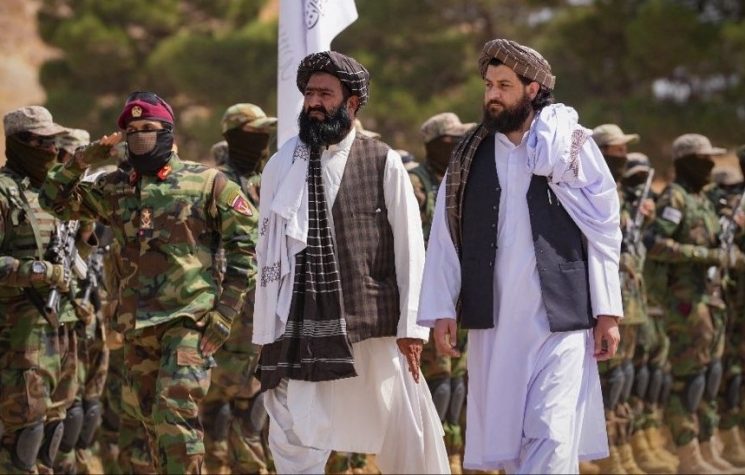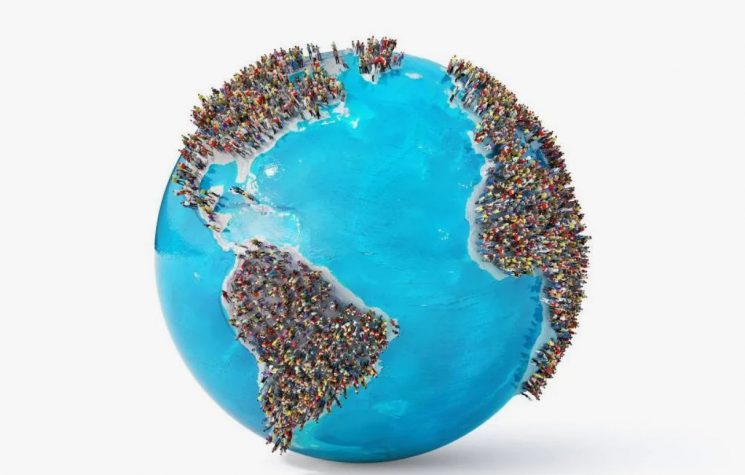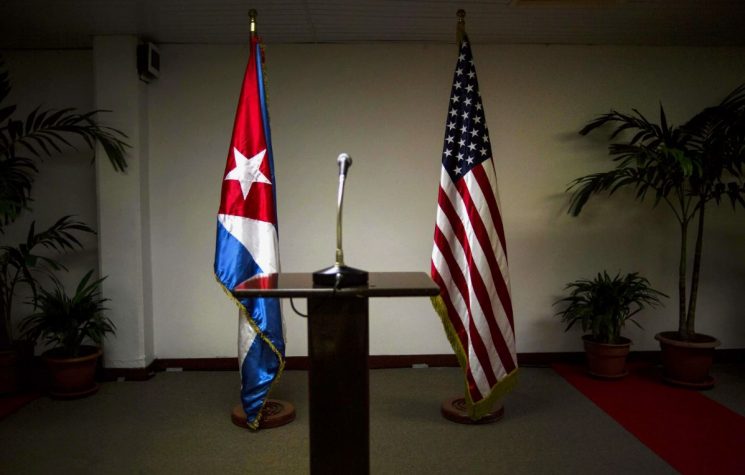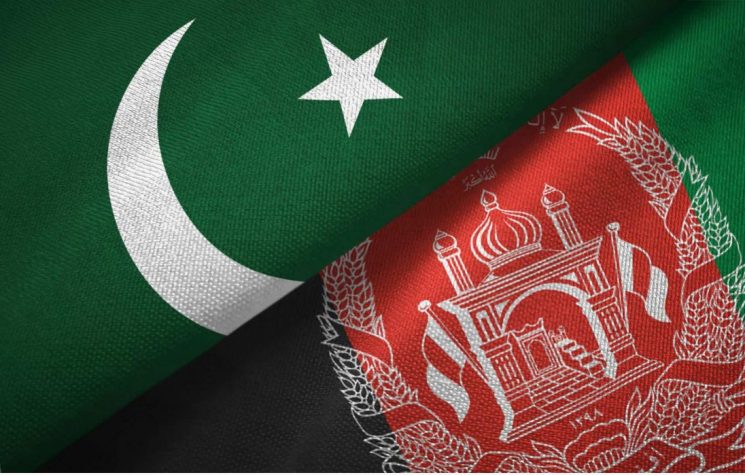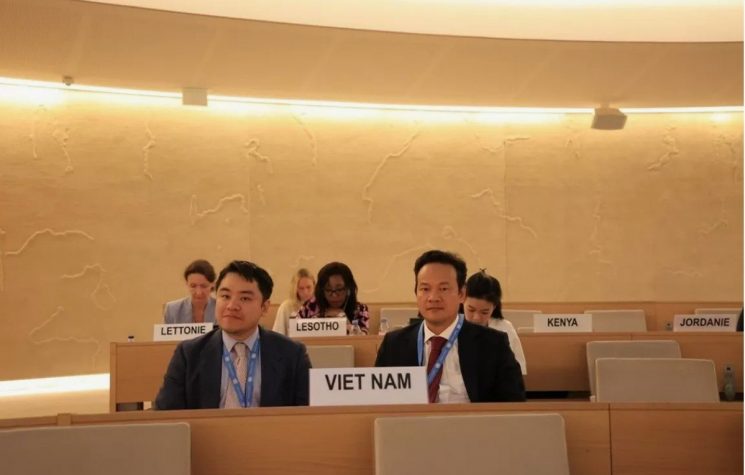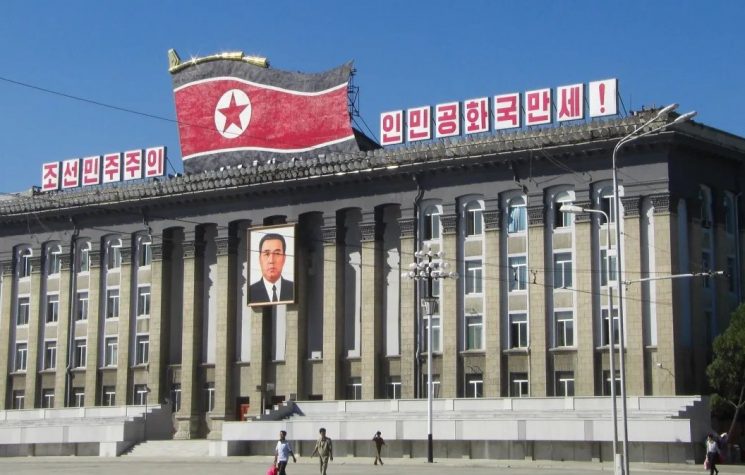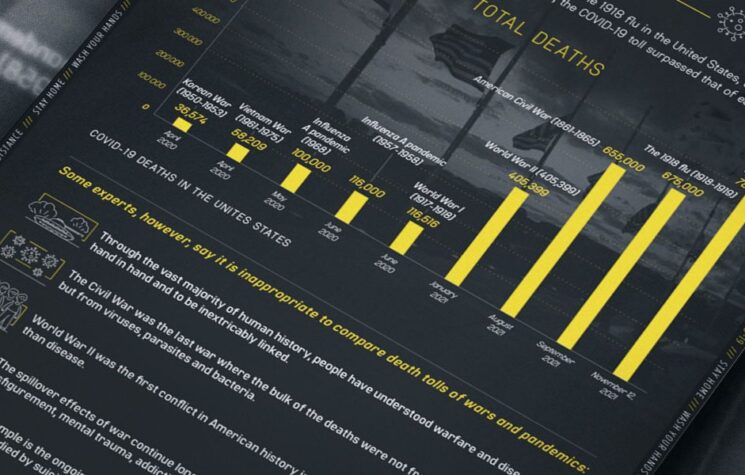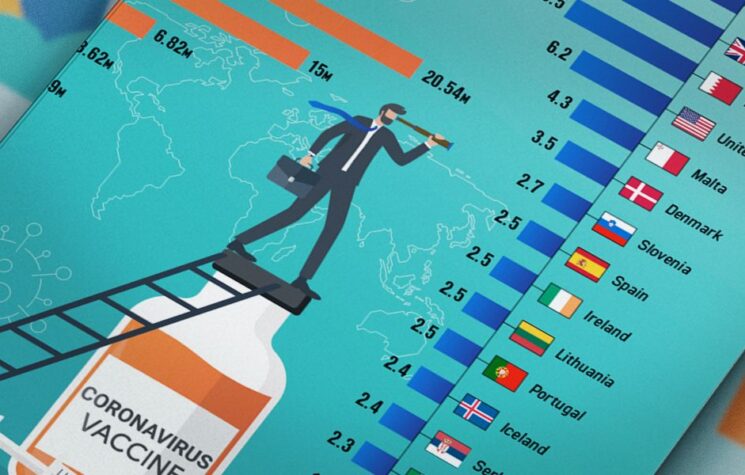The facts and figures raise the question as to what has happened to the billions of dollars that have sloshed into Afghanistan over so many years.
The Special Inspector General for Afghanistan Reconstruction, SIGAR, is one of the few senior figures in Washington from whom one can expect the truth concerning the nation that is in a state of utter chaos caused in the main by the U.S. invasion of October 2001. (On that subject Wikipedia has an intriguing angle, and its account of Afghanistan’s healthcare history includes the bizarre statement that “Things took a turn in late 2001 when the United Nations decided to rebuild Afghanistan and resolve its political issues.” In fact, in October 2001 the then U.S. president GW Bush announced he had ordered the invasion “to disrupt the use of Afghanistan as a terrorist base of operations, and to attack the military capability of the Taliban regime.”)
Back in reality-land, SIGAR has produced another detailed report about Washington’s disastrous management of the massive sums of aid money which it has thrown at the country in the vain and ingenuous hope that in some miraculous fashion it would transform the place into a western-style democracy.
The war in Afghanistan has been a disaster from Day One. In 2005 the Senlis Council noted that “After five years of intensive international involvement in Afghanistan, the country remains ravaged by severe poverty and the spreading starvation of the rural and urban poor. Despite promises from the U.S.-led international community guaranteeing to provide the resources and assistance necessary for its reconstruction and development needs, Afghanistan’s people are starving to death… More than 70% of the population is chronically malnourished, while less than a quarter of the population has access to safe drinking water.”
And now, fifteen years later, the UN Children’s Fund informs us that “Afghanistan has one of the world’s highest rates of stunting in children under the age of five: 41 per cent. Stunting is a sign of chronic undernutrition during the most critical periods of growth… The rate of wasting in Afghanistan is also extremely high. Wasting, as its name suggests, is literally wasting away to skin and bones. The crushing result of acute malnutrition, it poses an immediate threat to a child’s survival.”
As Afghan children starve and waste away, the Special Inspector General reports that his work “reveals a pattern of U.S. agencies pouring too much money, too quickly, into a country too small to absorb it.” He was referring to his investigation of construction projects, but his observations are relevant across the board of aid disbursement. The money is lashed out with the best of intentions, but the amount of waste is barely credible. In the case of construction, which included “schools, prisons, a hotel, hospitals, roads, bridges, and Afghan military facilities” the expenditure since 2008 has been 7.8 billion dollars, a sum that is very difficult to imagine. But put it this way : it so happens that last year the world population figure was calculated by Yale University as being 7.8 billion. It’s an interesting comparison.
Of this 7.8 billion dollars, SIGAR “identified about $2.4 billion in assets that were unused or abandoned, had not been used for their intended purposes, had deteriorated, or were destroyed.” Further, “only $343.2 million out of the $7.8 billion in assets were maintained in good condition.”
Concurrently the BBC reported a Save the Children warning that “with just 0.3 doctors per 1,000 people, Afghanistan’s sick and malnourished children are less likely to receive the life-saving treatment they need to survive.” Of course they won’t. They’re dying in squalor and abject misery. And the doctor to population ratio is appalling. After so many years of occupation and cash aid by the U.S. and (from 2008) other Nato countries, the country has so few doctors and other medical staff that out in the villages, where most people exist, there is hardly any medical care at all. To illustrate the gravity of the situation it should be born in mind that World Bank statistics of doctor to population ratio indicate that the European Union has 3.7 to 1,000 (notably, Germany has 4; as has Russia) and the U.S. figure is 2.6 to a thousand. (It is ironic that the Washington’s main choice of enemy in the Americas, Cuba, has a ratio of 8 per thousand.)
In Afghanistan, into which so much cash has been poured, the saintly organisation MSF, Médecins sans Frontières / Doctors Without Borders, noted, for example, that its hospital in Dasht-e-Barchi, in western Kabul Province, was “the only facility for emergency and complicated [natal] deliveries in a neighbourhood with a population of over one million.” But last year the charity was forced to withdraw from Dasht-i-Barchi because in May there was an attack on the hospital in which a group of despicable barbarians killed 24 people, including 16 women and two new-born babies. The building complex was not adequately guarded, and the slaughter went on for four hours.
The security situation is having a disastrously harmful effect on the health of Afghanistan’s citizens, and in 2019 the country’s chief executive, Abdullah Abdullah, said “with what we spend on a single day of war, we could build a state-of-the-art hospital” which, although something of a platitude, is nevertheless relevant and deeply disquieting.
The UN Office for the Coordination of Humanitarian Affairs reports that as at 23 February efforts to counter the Covid-19 pandemic were unsatisfactory — and of equal significance that “the average wheat flour price increased by 18 per cent between 14 March 2020 and 24 February 2021, while the cost of pulses, sugar, cooking oil and rice increased by 24 per cent, 22 per cent, 53 per cent, and 20 per cent, respectively, over the same period.”
The facts and figures raise the question as to what has happened to the countless billions of dollars that have sloshed into Afghanistan over so many years, but the redoubtable SIGAR, Mr John Sopko, has the answer so far as his government is concerned. It is clear, says Mr Sopko, that there is “a pattern of U.S. agencies pouring too much money, too quickly, into a country too small to absorb it,” which you would think might have been obvious to the people responsible for allocating it. Further, the lesson that has emerged from the recently-revealed farce of squandered money on capital projects is “two-fold : If the United States is going to pay for reconstruction or development… first make certain the recipient wants it, needs it and can sustain it. Secondly, make certain before you spend the money there is proper oversight to prevent this type of waste.”
The people of Afghanistan have been subjected to every adverse effect of war, and in spite of the astonishing cascade of cash and the aggressive fandangos of the most advanced military organisations in the world, they are suffering as never before. And although many dedicated organisations have done what they can to assist them, their health care is abysmal. This is probably the greatest tragedy of the Afghan War.








